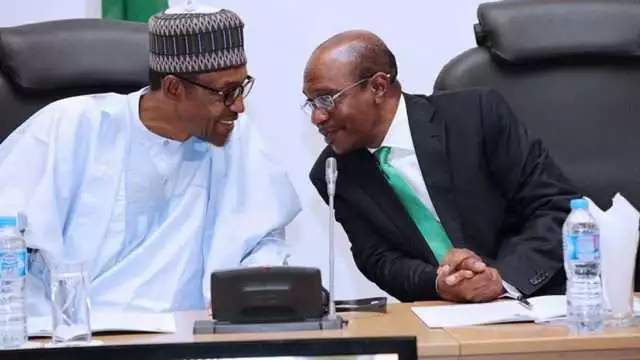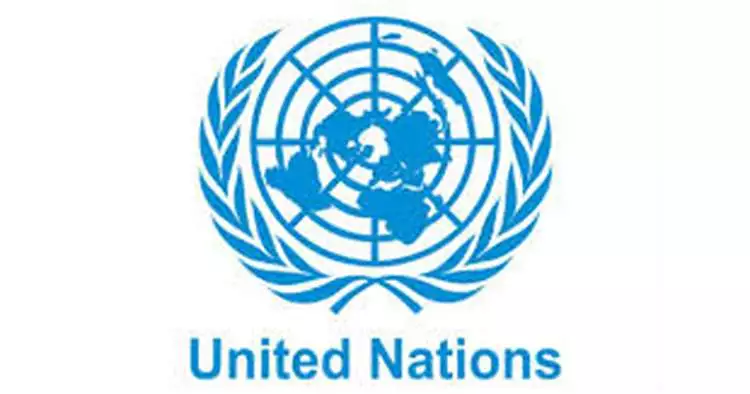Fitch Ratings has downgraded Nigeria’s Long-Term Foreign-Currency Issuer Default Rating (IDR) to ‘B-‘ from ‘B’. What this means, according to the global rating agency, is that the ability of the country to continue to service its debt in the long term is now speculative.
The agency also predicts that the nation’s foreign reserve will be down to $36 billion at the end of the year from $40 billion in 2021.
According to figures from the Central Bank of Nigeria, CBN the reserves at the end of October stood at $38 billion.
“The downgrade to ‘B-‘ reflects continued deterioration in Nigeria’s government debt servicing costs and external liquidity despite high oil prices in 2022,” Fitch said.
“Low oil production and the expensive subsidy on petrol have consumed most of the fiscal benefit of high oil prices in 2022 and will continue to stress already low government revenue levels. If implemented, subsidy reduction in 2023 would benefit public finances, but constrained oil production and structurally low domestic non-oil revenue mobilisation will limit potential gains.
“Fitch expects that the implicit subsidy on petrol will cost the government approximately NGN5 trillion (2.4% of GDP) in foregone revenue from the Nigerian National Petroleum Corporation (NNPC) in 2022, which will contribute to a widening of the general government (GG) fiscal deficit to 6.1% of GDP.
“The foregone revenue stems from the spread between the regulated pump price of petrol, which has averaged NGN190 per litre, and the import cost, which has averaged above NGN300 per litre. The Petroleum Industry Act 2021 contains language mandating a move to a market price for refined fuel products, but plans to phase out the subsidy in 2022 were pushed back owing to higher global oil prices.
“In 2023, our base case scenario sees a gradual narrowing of the spread between the pump price and true market price of petrol, which is in line with the government’s proposed 2023 budget. However, as we expect a longer timeframe for completely phasing out the subsidy, and therefore a higher level of foregone revenue.
“Moreover, the February 2023 election will bring a new administration, which will likely introduce a supplemental budget. Although the subsidy reform has broad-based political support, Fitch considers that there will likely be public pressure to continue the fuel subsidy. Lower subsidy costs and a marginal improvement in oil production, will narrow the GG fiscal deficit, but we expect the this to remain above 5% of GDP in 2023.
“Cost of Debt Spiking: Fitch forecasts Nigeria’s GG debt to increase to 34% of GDP by end-2022. This includes the Federal Government of Nigeria’s (FGN) overdraft with the Central Bank of Nigeria (CBN). Nigeria’s debt stock is low compared with the forecast 2022 ‘B’ median of 57.6% of GDP. However, its debt servicing metrics are among the highest for Fitch-rated sovereigns. We forecast government debt/revenue to increase to 580% in 2022 and interest/revenue to reach 47.7%, compared with the current ‘B’ medians of 282% and 10.8%, respectively. Both ratios will remain at broadly the same levels in 2023 before falling slightly in 2024.
“At the central government level, Nigeria’s debt metrics are made worse because the FGN holds a higher percentage of GG debt relative to its share of GG revenue. Interest payments reached 108% of FGN revenues in 1H22.
“Stagnant Oil Production: Nigeria’s oil production will continue to be weighed down by the combination of oil theft, pipeline vandalism, and aging infrastructure. This will limit both GDP growth and government revenue performance. Production levels have been on a downward trend for several years and, after averaging 1.6 mbpd in 2021, fell to 1.2 mbpd in September 2022.
“We forecast 2022 crude oil production, including condensate, to average 1.3 mbpd and increase slightly to 1.4 mbpd in 2023. Fitch believes that the February 2023 general election will increase security risks in the oil-producing regions, but that the coming back online of the Forcardos export terminal and the Trans-Niger pipeline could help to offset continued losses from theft and vandalism.
“Foreign-currency Liquidity Pressures: Higher oil prices have brought an improvement in oil export receipts; although some of this has been offset by higher fuel imports. We forecast the current account to move into a small surplus in 2022, from a deficit of 0.4% in 2021.
“Despite the improvement in the current account, Fitch forecasts reserves to end 2022 at USD36.3 billion, down from USD40.2 billion in 2021, and to continue falling in 2023-2024. Falling reserves levels have contributed to tight foreign-currency liquidity, as evidenced by the rapid depreciation in the parallel market rate, which was NGN855/USD on 8 November as compared with the official rate of NGN446/USD. The inability to reliably source US dollars on the official FX market has in turn contributed to lower portfolio inflows, which will continue to put further pressure on foreign-currency liquidity.”






